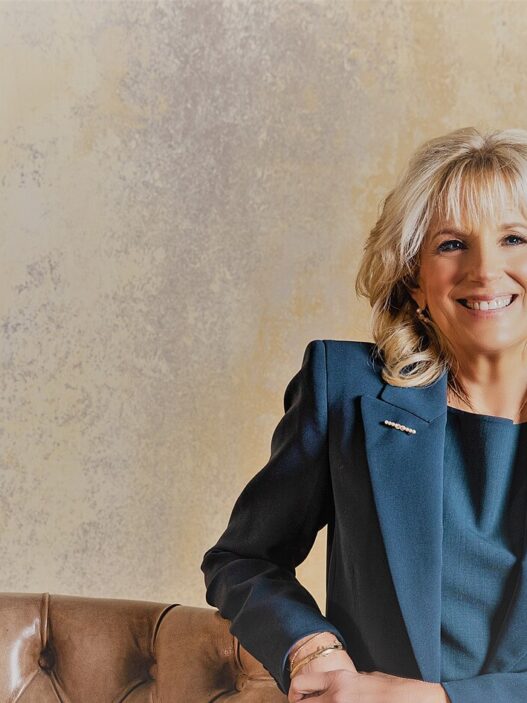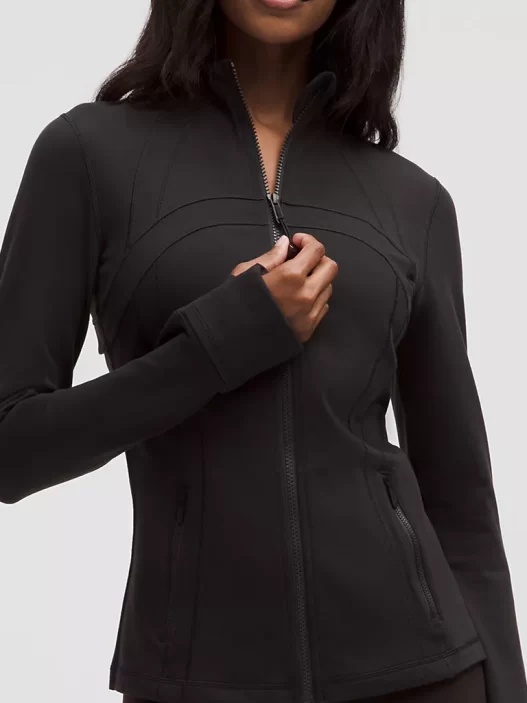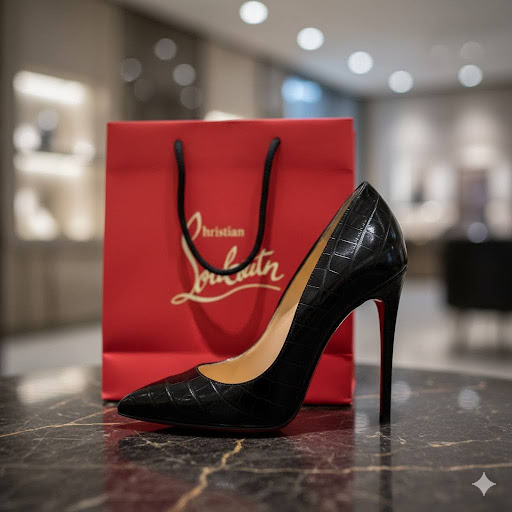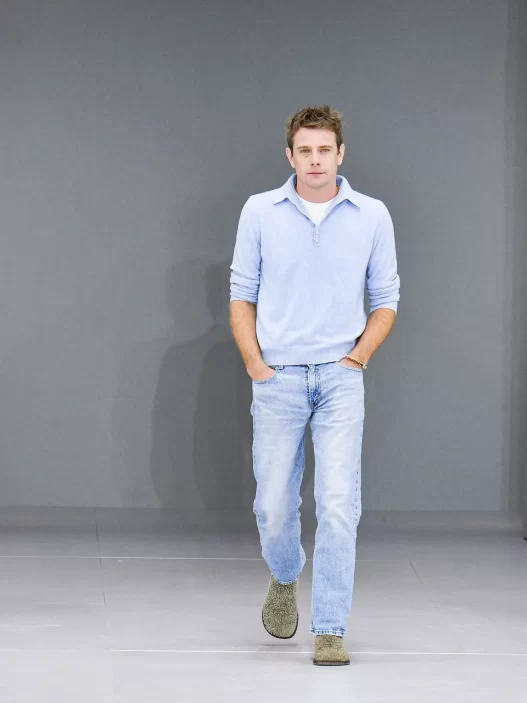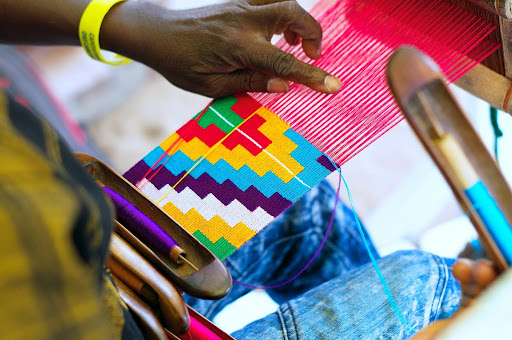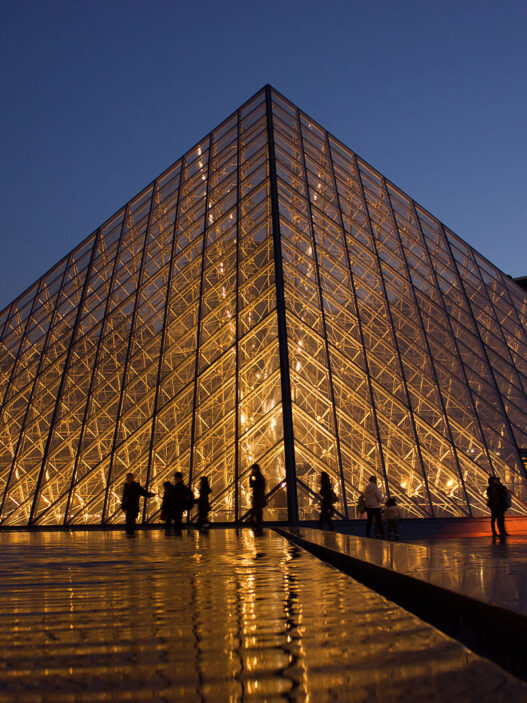Counterfeiting is not a foreign concept in the fashion world. It’s a multi-billion-dollar menace that has long plagued the industry. Still, it continues to generate billions of dollars every year, feeding off of people’s insecurities and consumeristic urge to own something precious. Louis Vuitton is no exception to this virus of counterfeits.
In fact, for years, a particular hotspot for counterfeit trade of its product has made the brilliant brains at LV suffer. They have endured significant damage to their brand reputation and financial interests.
Thankfully for the luxury brand, a judgment from the Northern District Court of Georgia has come as a respite. Not only does the judgment rule in the fashion enterprise’s favour, but it also comes with a big award of damages. Recently, Judge Victoria Marie Calvert has awarded one of the highest amounts of damages in the form of $584 million to the brand, as compared to predecessors facing similar issues.
But how was this award determined, and who was held guilty of this fashion (and IP) sin?
Facts of the case
The lawsuit, Louis Vuitton Malletier S.A.S. v. Westgate Discount Mall Inc. et al., was filed in April 2023 in the U.S. District Court of the Northern District of Georgia by the French company, Louis Vuitton Malletier S.A.S. The defendant in this case was the Atlanta-based Westgate Discount Mall, a large indoor flea market, including its owner, Basirou Kebbay and the CEO, Aaron Kebe.
Louis Vuitton is known as a high fashion brand for its premier handbags, luggage, watches, scarves, and an expanding collection of quality products. The brand owns a range of trademarks, including LOUIS VUITTON and LOUIS VUITTON-formative word marks, the Toile Monogram Design mark, the LV Logo, Design mark, the Stylized Flower Design marks, the Damier Design mark, the Epi Design mark, and the S-Lock Design mark. Globally, the brand’s stellar image makes it stand out with these marks, immediately associating the brand name in consumers’ minds.
The Westgate Discount Mall hosts several tenants, many of whom deal in counterfeit products. So much so that it is controversially known as a “safe haven” for illegal commerce. In fact, in 2021, 18 truckloads of such illegal products were seized. After sending 31 notices and 20 cease and desist orders to Westgate concerning their specific tenants who had been involved in the illegal sale of counterfeited products, the fashion house turned towards the judicial route. Interestingly enough, this is not the Westgate Discount Mall’s first involvement in a suit of such a nature. Earlier, Luxottica Group S.p.A. had sued the mall in a matter concerning counterfeits, and the court instructed it to exercise restraint from infringing Ray-Ban trademarks.
So what were the arguments advanced from both sides that led the court to eventually rule in Louis Vuitton’s favour?
Arguments made by the plaintiffs, Louis Vuitton Malletier S.A.S.
The high fashion house alleged contributory trademark infringement and vicarious trademark liability claims against the defendants. Despite being solely the landlords, the brand claimed that they had a duty to police their premises, which they failed to do. Considering this wilful ignorance brought them financial gain, they let the rampant counterfeit sales occur.
By ignoring repeated notices and failing to terminate tenants dealing in illegal IP-infringing products, the defendants induced infringement. Thus, it was claimed that they were contributorily and vicariously liable. Given that the defendant was a repeat offender, Louis Vuitton sought the highest possible statutory damages to prevent them from fully enjoying their intellectual property.
Arguments made by the defendants, Westgate Discount Mall
The operators of the Westgate Mall did not enter a formal legal defence. Due to this lack of contestation, as per procedure, the court ultimately issued a Default Judgment. Although the CEO, Aaron Kebe, did file a motion asking the court to set aside the default, he went through “dark periods” wherein he stopped participating in the case. Since the defendants abandoned the case, Louis Vuitton’s claims were treated by the court as uncontested facts. This, along with existing facts of the case, paved the way for the massive and historical damage award.
The court’s ruling that helped LV win its war on counterfeits
The default judgment held Westgate contributorily liable for enabling and failing to exercise its reasonable duty of care to stop the massive illegal counterfeit operation on its premises. Of course, its prior history of infringement, coupled with its non-appearance and lack of contestation, did not help the indoor flea market’s case.
The severity and magnitude of the infringement are directly attributable to the massive grant of damages. The provision for statutory damages under the Lanham Act allows for a maximum of $2 million for each type of trademark that is willfully counterfeited. A total of 292 distinct trademarks of the brand were found to be infringed across 44 categories. By multiplying the number of trademarks infringed by the statutory damage allowance of $2 million per infringement, the court determined total damages to be $584 million.
Further, the court also granted a permanent injunction on such illicit activity. This effectively stops Westgate Discount Mall, its owner, and its officers from conducting the sale of counterfeits on the property. Therefore, making Louis Vuitton the victor in this war on the illicit trade of its products. But why is this such an important moment for the fashion world?
Why is Louis Vuitton’s win an important milestone in the war on counterfeits?
There is no denying that the counterfeit industry, despite numerous judgments, continues to torment the fashion industry. It is safe to say that each major city has a variant of Westgate Discount Mall, wherein counterfeit products are sold.
While this judgment does not put an end to counterfeiting altogether, Louis Vuitton’s efforts have effectively set a precedent wherein massive damages were provided to victims of this heinous fashion crime. This $584 million award is not just a big-money win for Louis Vuitton. It also acts as a massive message as it deters potential and existing counterfeitters, thanks to the pricey cost that now comes as a glaring consequence to landlords profiting from such illicit acts.
The journey of the fight against counterfeits and the raid on the brand’s unique identity is a long one. This requires numerous actions to be taken globally. We are still very far from the finish line. However, Louis Vuitton has definitely played its part and emerged victorious in the war for the time being.










